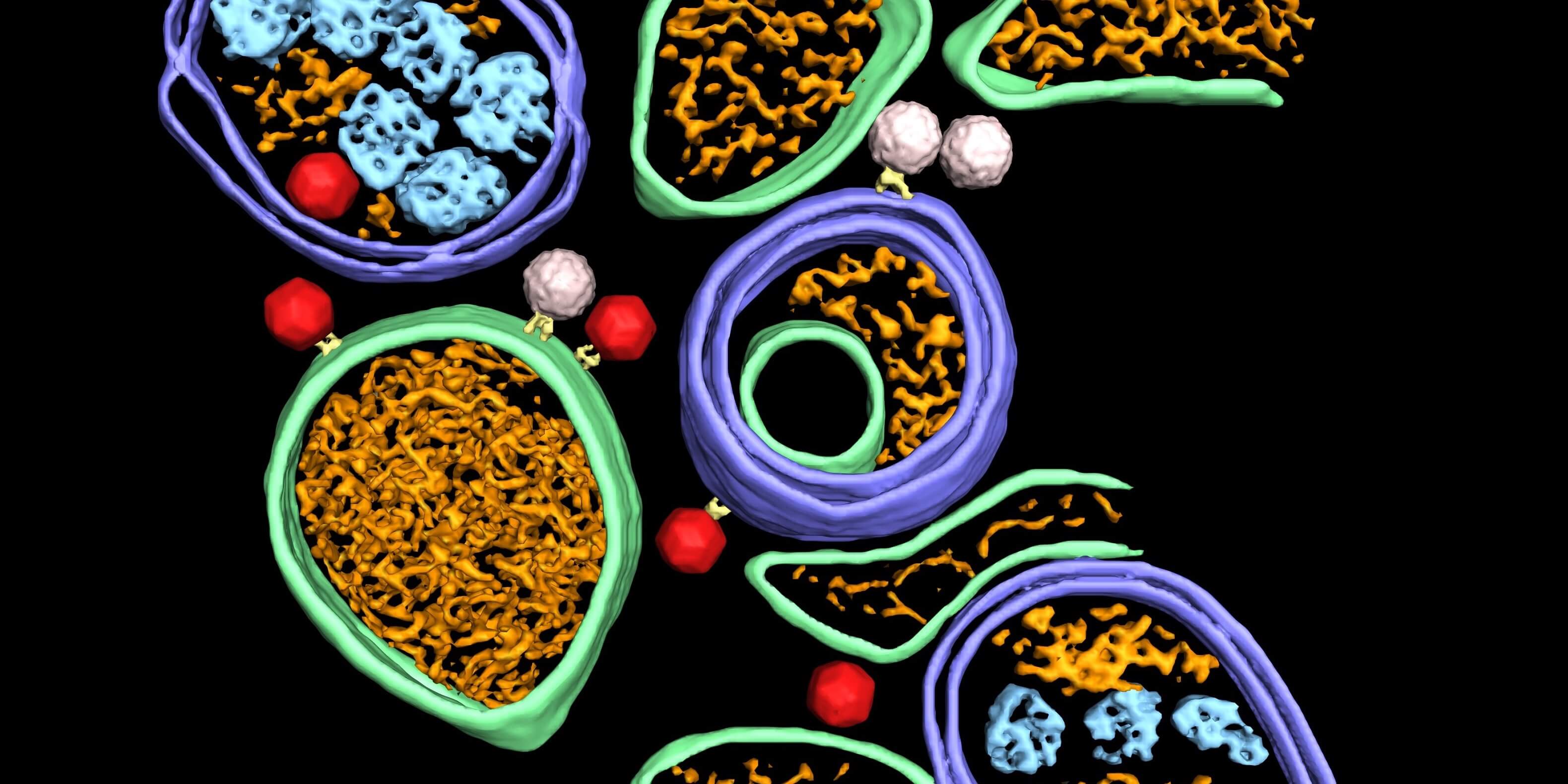Background
Enteric viruses cause enteric disease (with symptoms e.g. nausea, diarrhea, vomiting, and abdominal pain) and are primarily transmitted via the faecal-oral route. There are many families of enteric viruses, including calicivirus (including norovirus and sapovirus), adenoviruses, astroviruses, rotaviruses, hepatitis viruses, and enteroviruses. Most enteric viruses cause only relatively mild symptoms in healthy individuals, but some e.g. poliovirus can cause severe illness, with symptoms including meningitis and paralysis. Enteric viruses have been known to cause epidemics, for example, outbreaks of hepatitis A and coxsackieviruses have been reported worldwide within the last decade.
Data highlights (1)
December 19, 2022
Dahmane et al (2022) used Cryo-electron tomography to provide an integrated structural framework for multiple stages of the poliovirus life cycle. Data and code are shared openly.
Dashboards (2)
Updated:
A summary of the progress in developing a multi-disease serology assay, a key component of pandemic preparedness. Information about externally produced antigens is also provided.
Updated:
Enteric virus levels in Gothenburg’s wastewater, including norovirus and adenovirus. Data from the Norder group’s weekly analysis at Ryaverket WWTP helps predict outbreaks and includes samples from surrounding municipalities.


